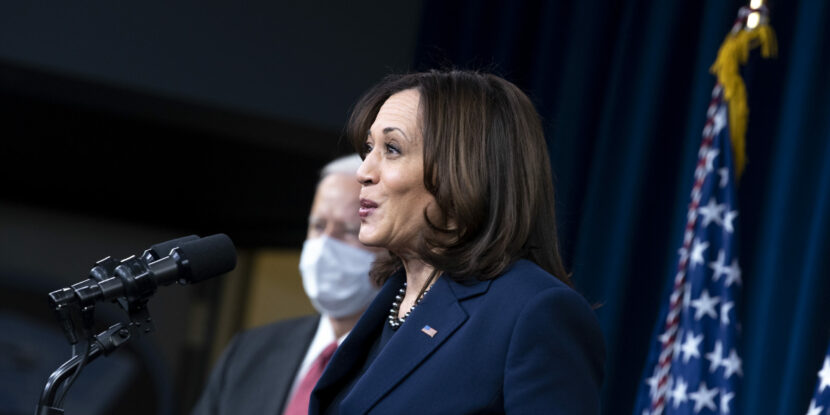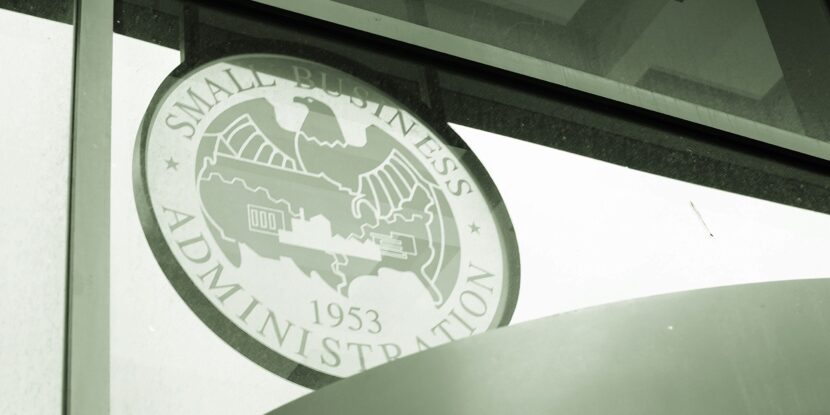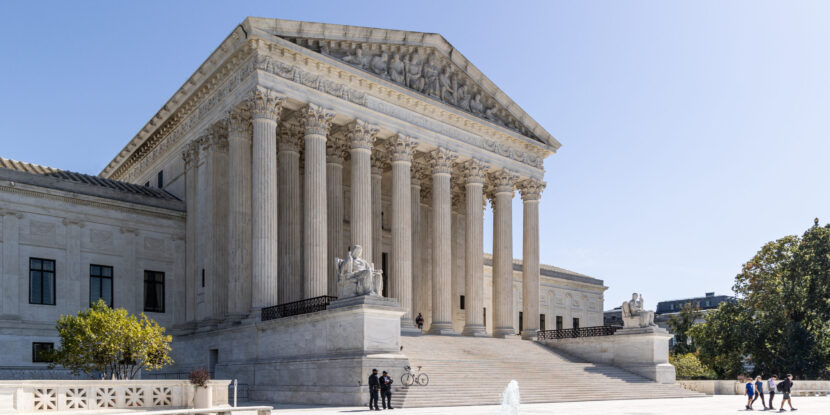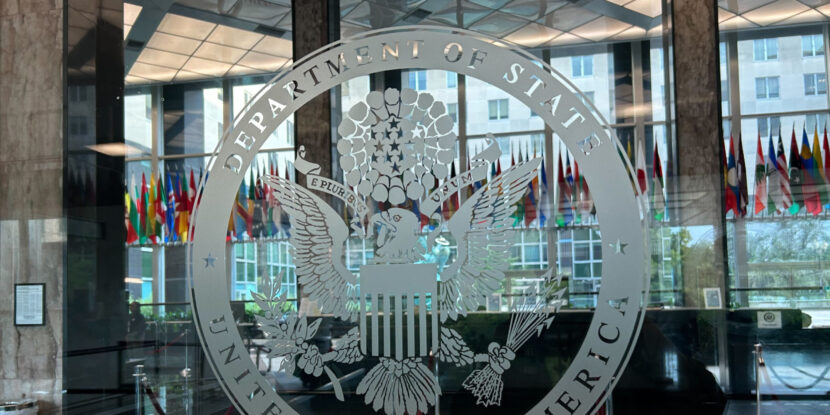According to official data, the U.S. economy added just 114,000 jobs in July, well below the 176,000 expected. Additionally, it should be noted that job gains have been consistently revised down in the months preceding the July report, meaning this initial estimate may even be on the high side. The unemployment rate came in much higher than expected in the monthly jobs report, signaling potential cracks in the economy and sending markets on Friday into a dive.
Unemployment came in at 4.3 percent, well above the 4.1 percent projected. This is the highest the rate has been since October 2021.
Earlier this week, the United States Federal Reserve announced there would be no movement on interest rates for the time being. While acknowledging a weakening in the labor market, the central bank still heeded concerns about a potential resurgence in inflation—especially as they are still struggling to reach their 2 percent target. However, if paired with positive downward movement on inflation, the July jobs numbers could lead to a 25bps or 50bps cut in interest rates at September or November’s Federal Open Market Committee (FOMC) meeting.
The jobs report miss sent stock futures tumbling Friday morning, with the S&P 500 and NASDAQ both seeing losses.
Some economists are noting that the so-called Sahm Rule—named for a former Federal Reserve economist—has been triggered, indicating the U.S. is in the midst of a recession. However, some consider the rule to be less than definitive. It dictates a recession is underway if the unemployment rate—based on a three-month moving average—jumps by half a percent from its low in the past year.




















